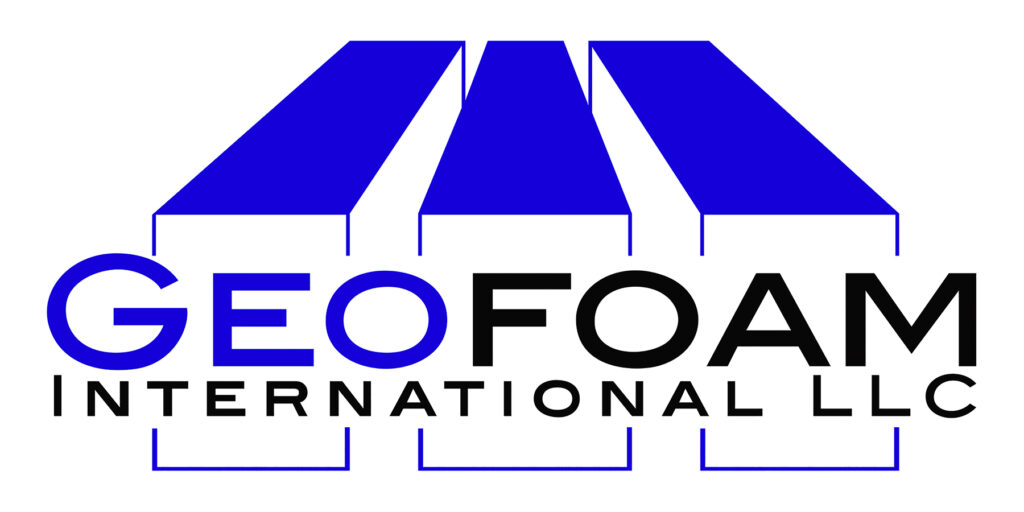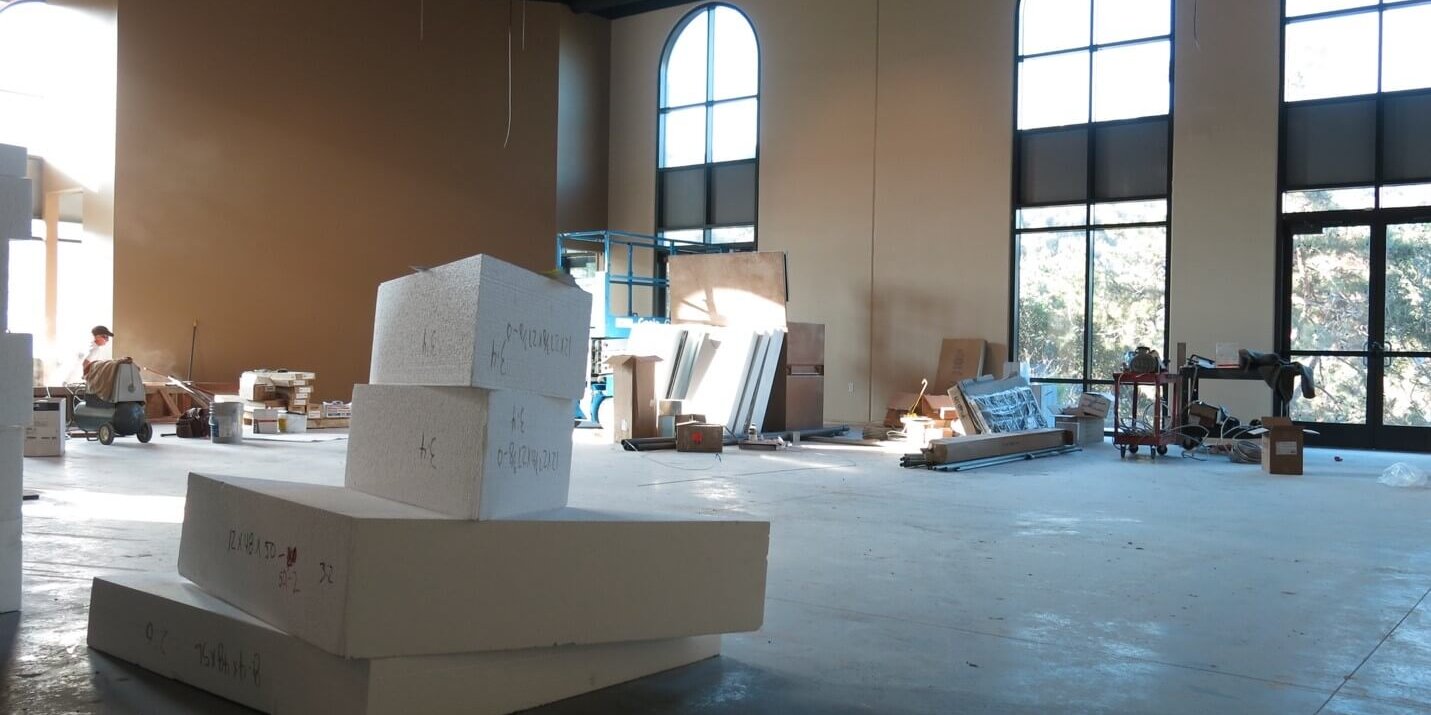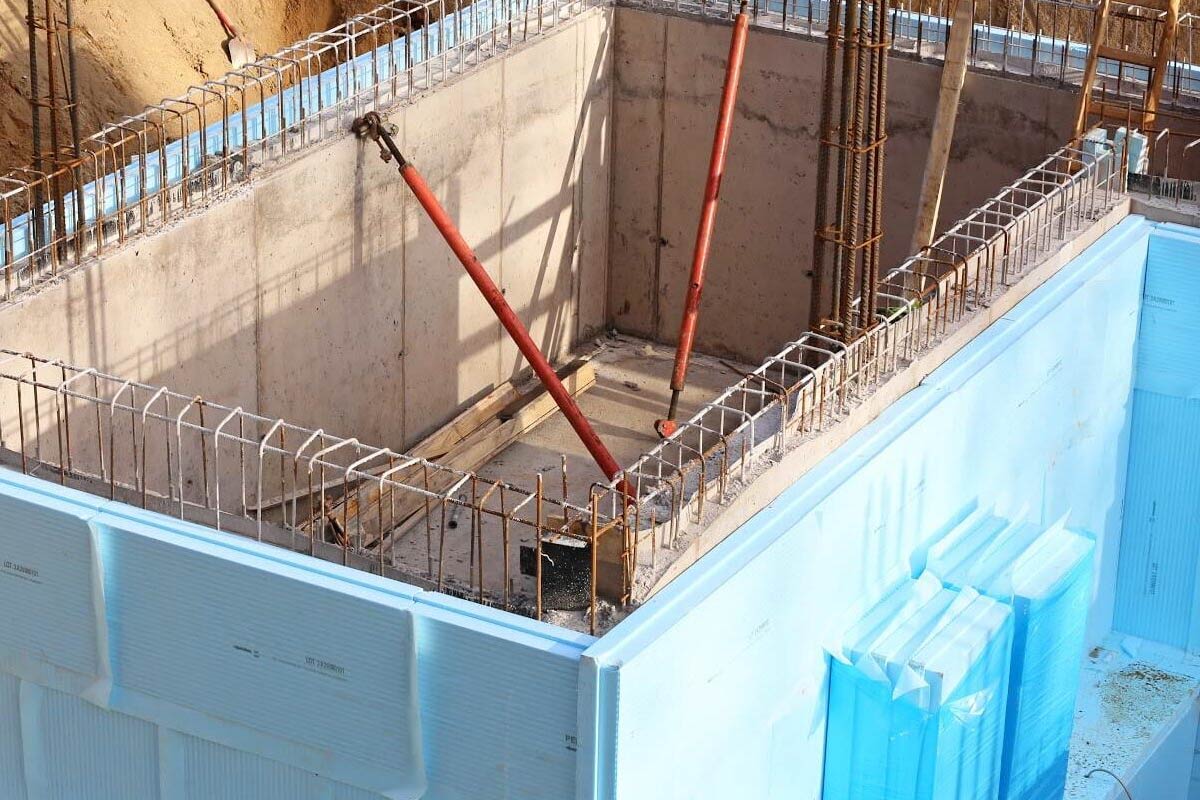Isn’t it great when a construction project gets off to a good start, gains momentum and finishes with time to spare? Those kinds of projects are a general contractor’s dream project. They’re the ones that bring a smile to your face.
No matter how well you’ve prepared, you’ve probably seen the flip side, too. Remember that nightmare project plan that got off to a slow start, then moved slow as mud, making you miss your deadline and creating bad feelings with the project owner? You can’t do anything about that project plan now, but there is something you can do to help ensure your future projects won’t become nightmares.
EPS geofoam can help you significantly reduce the time it takes to complete your commercial construction projects, beginning with site prep. Plus, you’ll enjoy other benefits such as ease of installation and project savings. And you don’t have to sacrifice durability and longevity to achieve those fast results!
GEOFOAM APPLICATIONS
EPS geofoam can help you solve a whole slew of challenges for a large variety of building applications. Here are a few ways other contractors have used geofoam to help solve construction challenges and bring their projects in on time.
Transforming steep-sloped lots into level building pads
Making a slope level enough to place a foundation slab on it typically requires building a retaining wall on the lower edge of the foundation. Then, adding fill to create a level base. Often soil and dirt is used for the fill, but that creates several issues. First of all, the soil has to be put in place and compacted to reduce settling. On large, commercial construction projects it can take months for soil to resettle – that’s often more time than a contractor has to devote to the site prep phase. It also requires heavy equipment and additional labor to accomplish. Secondly, it may be difficult for heavy equipment to access the site, making it more dangerous for your commercial construction workers.
Using foam foundation blocks can help alleviate many of these issues so you can get on to the next step faster. Geofoam doesn’t compact and settle like traditional fills. That means you can skip the compacting process, the heavy equipment and the delays that go with them. Plus, installation of the geofoam is a snap. Geofoam is only 1% the weight of soil or dirt, so your crew can easily carry the blocks from the staging area to the site by hand and put them in place quickly.
Geofoam’s light weight also greatly reduces the lateral load on the retaining wall. With 99% of the weight eliminated by using geofoam instead of dirt or soil, the retaining wall doesn’t need to be as robust, reducing its cost accordingly. In addition, you may not even need to use geogrids to reinforce the retaining wall or to install mechanical tiebacks in soil or rock to keep the retaining wall from leaning.
Another advantage to using geofoam: It can be installed under adverse weather conditions that would delay projects using dirt and soil as a fill.
Stabilizing steep slopes
Geofoam also shines in projects that need to keep the slope stable or repair it when the slope has failed. With geofoam, you can stabilize the slope, lowering the risk of landslides and movement, without changing the slope’s geometry. Keeping a slope stable relies upon creating a balance between the driving forces at the upper portion of the slope and the resisting forces at the bottom portion of the slope. Driving forces encourage downward movement, which can lead to slope failure. Resisting forces strive to contain or hold back the downward movement. When these two forces are balanced, the slope is stable. But any change in the soil condition can disturb that balance.
Increasingly, geofoam is being used to improve slope stability, whether in new slope construction or in the repair of failed slopes. Using geofoam decreases overall slope weight, effectively lowering the driving forces and significantly reducing the pressure and load against the side of the hill. Stress on the underlying soils, substructures or adjacent structures is also reduced, thereby decreasing rotational and lateral movement of the slope. Geofoam resists the impact of earthquakes and tremors by absorbing the vibrations, thus helping to keep the slope stable.
Soil and dirt are much heavier than geofoam, and for slope stability, lighter is better. Lightweight geofoam doesn’t require any earth-moving or compacting equipment to install, so that’s one cost you can write off – plus, installation is very fast since the blocks are easy to work with. In addition, soil and dirt are prone to erode, and erosion can actually promote slope failure. Geofoam doesn’t erode. And, it has a high compressive resistance rate, so it won’t rot, deteriorate under normal conditions or decompose, making it practically maintenance free.
Creating tiered theater/stadium seating
Creating or modifying slopes is also involved in the commercial construction process for theater/stadium seating. Once again, geofoam is a fast and easy way to complete the transformation. The lightweight blocks can easily fit through pedestrian-size doors, and the process takes very little labor to complete. In fact, the blocks can be made to size in the factory specifically for your project, making installation even faster. Standard-sized blocks are easily cut to size, which allows you to make on-the-fly tweaks to the job, if necessary.
In addition to all these pluses, with stadium seating, using geofoam blocks instead of soil or dirt eliminates the need for tier compacting, which is not an easy task!
Soil remediation
Building on soft or poor soil presents a lot of problems for construction crews. But, a solid foundation must be achieved before construction can begin. A lightweight fill, like geofoam, can support heavy loads without adding weight that would promote stress or settlement of underlying soils. Geofoam is 1% the weight of dirt or soil, which weighs 110 to 120 pounds per cubic foot, and it is less than 10% the weight of other lightweight traditional fills. With geofoam’s ease of installation, the process of soil remediation can be completed quickly, keeping your whole project on track from the get-go.
Forming swimming pools and pool decks
Swimming pools are heavy! Water alone weighs 62.4 pounds per cubic foot. The average-sized residential pool that holds 15,000 gallons of water weighs about 125,100 pounds. The support structure for a pool has to be substantial enough to be able to handle that load. That combined weight can be a problem – especially if the whole project involves building a pool on a rooftop or on soft or poor soils. Geofoam is the ideal solution because it is so lightweight it won’t apply undue pressure on the building, yet it is strong enough to support the pool. Geofoam has a high compressive resistance of up to 60 psi. Its comprehensive resistance at 1% deformation ranges from 2.2 psi to 18.6 psi.
In addition, geofoam is easy to cut and shape, making it ideal for creating curved pools and other shapes. The blocks can be ordered to the project’s specifications or easily cut to size and shape on-site.
Landscaping and “living roof” projects
Geofoam’s ability to form countless shapes easily and quickly makes it a great option for creating landscaping topography – especially rooftop gardens. Placing lightweight geofoam blocks as the underlying material beneath the soil, means there’s less weight on the top of the building. An added plus: Because geofoam is close to 99% air by volume, it’s an efficient thermal insulator, adding an extra layer of insulation for the building!
Geofoam also scores well on the golf course, making intricate designs and elevations easy to achieve in record time.
SUMMING IT UP
So, when you’re looking for a fill material to use for site prep in your next project, consider geofoam. It’s strong, super lightweight, reduces lateral and bearing loads, and easy and fast to install. It will help you keep your entire project on track – you may even be able to complete ahead of deadline. And it can save you money. By using geofoam, you may reduce your project costs up to 30%. And who doesn’t want that!






